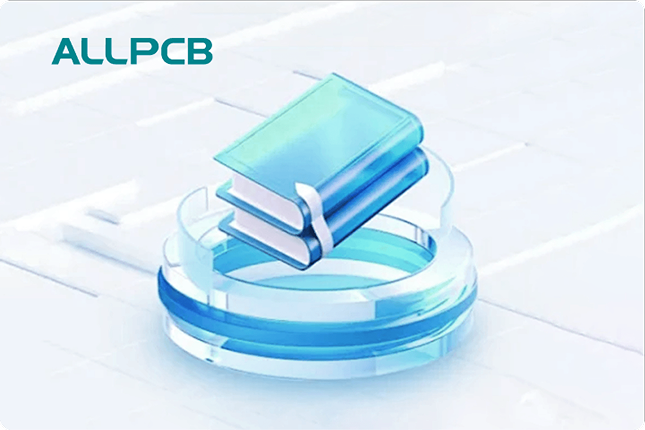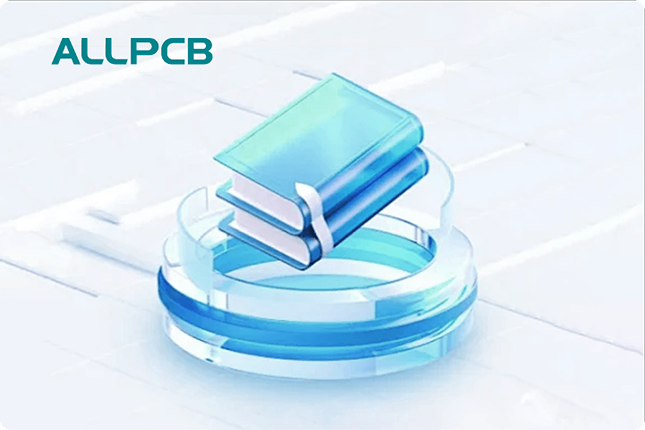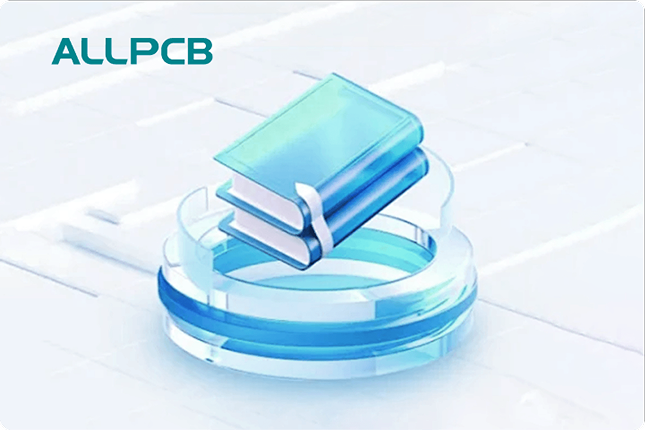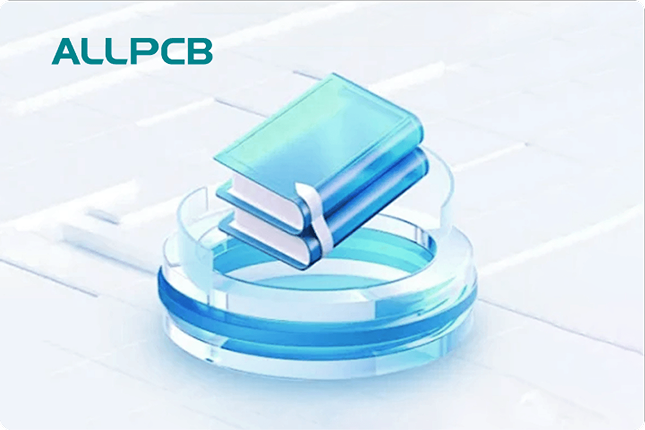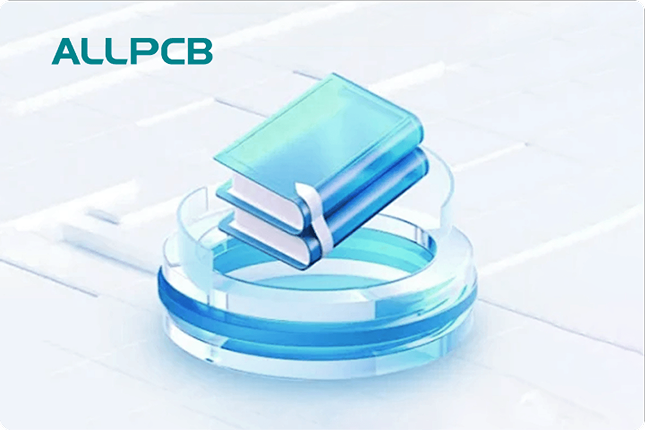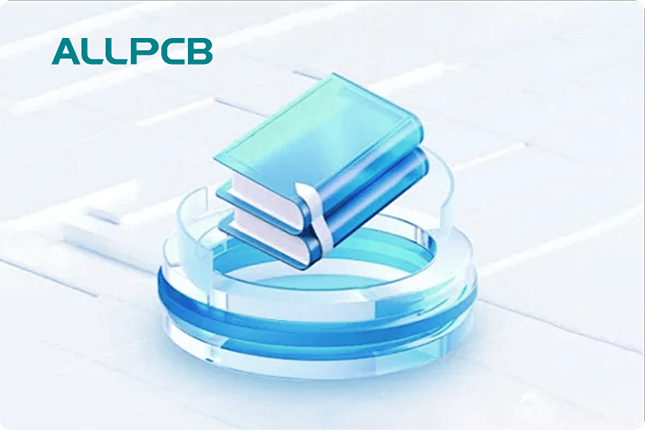If you're searching for the best material for your flexible printed circuit board (PCB), you might be wondering how polyimide flex PCB thickness compares to PET flexible PCB options, or how these stack up in a flex PCB material comparison. In short, polyimide (PI) is often the go-to choice for high-performance applications due to its excellent heat resistance and durability, with thicknesses typically ranging from 12.5 to 125 micrometers (μm). PET (polyethylene terephthalate), on the other hand, is a more cost-effective option for less demanding uses, with thicknesses usually between 25 and 125 μm. Other materials like PEN (polyethylene naphthalate) and LCP (liquid crystal polymer) also have unique benefits depending on your needs. In this detailed guide, we'll break down these materials, their properties, typical thicknesses, and how to choose the right one for your project.
Introduction to Flexible PCB Materials
Flexible PCBs, or flex circuits, are essential in modern electronics where space, weight, and adaptability are critical. These boards are made from thin, flexible materials that can bend and fold without breaking, making them ideal for applications like wearable devices, medical equipment, and automotive systems. The choice of material directly impacts the performance, cost, and reliability of the flex PCB. In this blog, we'll dive deep into a flex PCB material comparison, focusing on polyimide (PI), PET, and other options, while also exploring the significance of polyimide flex PCB thickness and PET flexible PCB thickness ranges.

Why Material Choice Matters for Flex PCBs
The material used in a flex PCB affects several key factors: mechanical flexibility, thermal stability, electrical performance, and cost. A poor material choice can lead to failures like cracking during bending, overheating, or signal loss in high-frequency applications. For instance, a material with low thermal resistance might not withstand the heat generated in a high-power device, leading to degraded performance. On the other hand, choosing an overly expensive material for a simple application can unnecessarily drive up costs. Understanding the properties of each material and their typical thicknesses helps engineers make informed decisions.
Polyimide (PI): The Industry Standard for Flex PCBs
Polyimide, often referred to as PI, is the most widely used material for flexible PCBs. Known for its exceptional thermal stability and mechanical strength, PI can handle temperatures up to 400°C in short bursts and has a tensile strength of around 231 MPa, making it ideal for demanding environments. It is commonly used in aerospace, automotive, and industrial applications where reliability is non-negotiable.
Polyimide Flex PCB Thickness
Polyimide flex PCB thickness typically ranges from 12.5 μm (0.5 mil) to 125 μm (5 mil), with 25 μm (1 mil) and 50 μm (2 mil) being the most common for standard applications. Thinner PI layers, like 12.5 μm, are used in ultra-compact designs where space is at a premium, while thicker layers, such as 75 μm or 125 μm, provide added durability for applications with frequent bending or high mechanical stress.
The thickness of PI also impacts electrical performance. For high-frequency applications, thinner PI layers reduce dielectric loss, with a typical dielectric constant (Dk) of 3.5 at 1 MHz, ensuring better signal integrity. However, thinner materials may be less robust, so the trade-off must be carefully considered.

Advantages of Polyimide
- High Thermal Resistance: Can withstand extreme temperatures without degrading.
- Excellent Flexibility: Maintains integrity even after thousands of bending cycles.
- Chemical Resistance: Resistant to solvents and oils, making it suitable for harsh environments.
Disadvantages of Polyimide
- Higher Cost: More expensive than alternatives like PET, which can be a drawback for budget-sensitive projects.
- Moisture Absorption: Absorbs small amounts of moisture (up to 2-3%), which can affect electrical properties in humid conditions.
PET (Polyethylene Terephthalate): A Cost-Effective Alternative
PET is a polyester film often used in flexible PCBs for less demanding applications. It’s a popular choice for consumer electronics like calculators, keypads, and low-cost sensors due to its affordability and reasonable flexibility. However, PET is not as robust as polyimide in terms of thermal and mechanical performance.
PET Flexible PCB Thickness
PET flexible PCB thickness typically ranges from 25 μm (1 mil) to 125 μm (5 mil), similar to polyimide. A common thickness for PET is 50 μm, which offers a balance between flexibility and durability for basic applications. Unlike PI, PET is rarely used in thicknesses below 25 μm because it lacks the strength to maintain reliability at such thin levels.
PET has a dielectric constant of around 3.2 at 1 MHz, which is slightly lower than PI, making it suitable for some low-frequency applications. However, its thermal limitations (melting point around 250°C) restrict its use in high-heat environments.

Advantages of PET
- Cost-Effective: Significantly cheaper than polyimide, ideal for mass-produced, low-cost devices.
- Lightweight: Adds minimal weight to the final product, beneficial for portable electronics.
- Good Clarity: Transparent options are available, useful for applications like touchscreens.
Disadvantages of PET
- Lower Thermal Stability: Not suitable for high-temperature environments above 150°C continuous use.
- Limited Durability: Less resistant to repeated bending compared to PI, with a tensile strength of about 172 MPa.
Other Flex PCB Materials: PEN and LCP
Beyond polyimide and PET, other materials like PEN (polyethylene naphthalate) and LCP (liquid crystal polymer) are used in specific flex PCB applications. These materials offer unique properties that can be advantageous in niche scenarios.
PEN (Polyethylene Naphthalate)
PEN is a polyester material that sits between PET and PI in terms of performance and cost. It has better thermal stability than PET, with a glass transition temperature of around 120°C, and is often used in applications requiring moderate heat resistance, such as automotive sensors.
PEN thickness typically ranges from 25 μm to 125 μm, similar to PET. Its dielectric constant is around 3.0 at 1 MHz, making it a viable option for some electrical designs. However, it is less flexible than PI and not as widely used.
LCP (Liquid Crystal Polymer)
LCP is a high-performance material often used in high-frequency flex PCBs due to its low dielectric constant (Dk of 2.9 at 1 GHz) and low moisture absorption (less than 0.1%). It’s ideal for RF and microwave applications, such as 5G devices and antennas.
LCP thicknesses are typically between 25 μm and 100 μm. While it offers excellent electrical properties, LCP is more expensive than PI and harder to process, limiting its use to specialized applications.
Flex PCB Material Comparison: Key Factors to Consider
When choosing a flex PCB material, it’s important to evaluate several factors based on your specific application. Below is a detailed flex PCB material comparison to help you decide.
| Material | Typical Thickness (μm) | Thermal Stability (°C) | Dielectric Constant (at 1 MHz) | Cost | Best Applications |
|---|---|---|---|---|---|
| Polyimide (PI) | 12.5 - 125 | Up to 400 (short-term) | 3.5 | High | Aerospace, Automotive, Industrial |
| PET | 25 - 125 | Up to 150 (continuous) | 3.2 | Low | Consumer Electronics, Keypads |
| PEN | 25 - 125 | Up to 180 (continuous) | 3.0 | Medium | Automotive Sensors, Moderate Heat Uses |
| LCP | 25 - 100 | Up to 300 (continuous) | 2.9 (at 1 GHz) | Very High | RF, Microwave, 5G Devices |
Mechanical Flexibility
Polyimide offers the best flexibility and durability for repeated bending, often enduring over 100,000 cycles in dynamic applications. PET and PEN are less durable, suitable for static or low-bend scenarios. LCP has good flexibility but is less common for dynamic flexing due to cost.
Thermal Performance
For high-temperature applications, PI and LCP are the top choices. PET and PEN are better suited for room-temperature or mildly elevated conditions.
Electrical Properties
LCP excels in high-frequency designs with its low dielectric constant and loss tangent (0.002 at 1 GHz). PI is adequate for most standard uses, while PET and PEN are limited to low-frequency applications.
Cost Considerations
PET is the most budget-friendly, followed by PEN. PI and LCP are more expensive but justify their cost in high-performance scenarios.
How Thickness Impacts Flex PCB Design
The thickness of a flex PCB material plays a critical role in its performance. Thinner materials, like a 12.5 μm polyimide layer, allow for tighter bends (bend radius as low as 0.5 mm) and are lighter, which is crucial for compact designs. However, they may be more prone to tearing or signal interference if not designed properly. Thicker materials, such as 100 μm or 125 μm, offer greater strength and better heat dissipation but reduce flexibility and increase weight.
In terms of electrical performance, thickness affects impedance. For example, a thinner dielectric layer in a flex PCB can result in lower impedance, which might be desirable for high-speed signals (signal speeds up to 10 Gbps in some PI designs). Engineers must balance these factors based on the specific requirements of their project.
Choosing the Right Material and Thickness for Your Flex PCB
Selecting the ideal material and thickness for your flex PCB depends on your application’s needs. Here are some practical tips to guide your decision:
- For High-Temperature or Harsh Environments: Choose polyimide with a thickness of 50 μm or more for durability.
- For Cost-Sensitive Consumer Products: Opt for PET with a 25-50 μm thickness to keep expenses low.
- For High-Frequency Designs: Consider LCP with a thinner profile (25-50 μm) to minimize signal loss.
- For Moderate Heat and Flexibility: PEN at 50 μm can be a balanced choice.
Additionally, consider the bending requirements. If your design requires a tight bend radius, prioritize thinner materials. For static applications with minimal bending, thicker materials can provide added robustness.
Conclusion: Making an Informed Decision
Understanding the differences in polyimide flex PCB thickness, PET flexible PCB options, and other materials through a detailed flex PCB material comparison is key to designing reliable and efficient circuits. Polyimide stands out for high-performance needs with its superior thermal and mechanical properties, while PET offers a budget-friendly solution for simpler applications. Materials like PEN and LCP fill specific niches, catering to moderate heat or high-frequency demands. By carefully considering factors like thickness, thermal stability, electrical performance, and cost, you can select the perfect material for your flex PCB project.
 ALLPCB
ALLPCB


